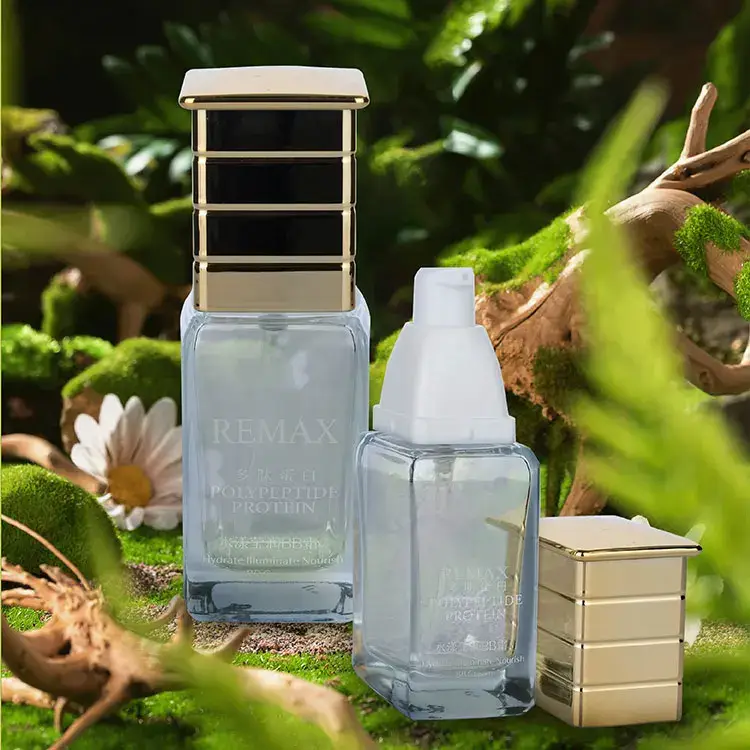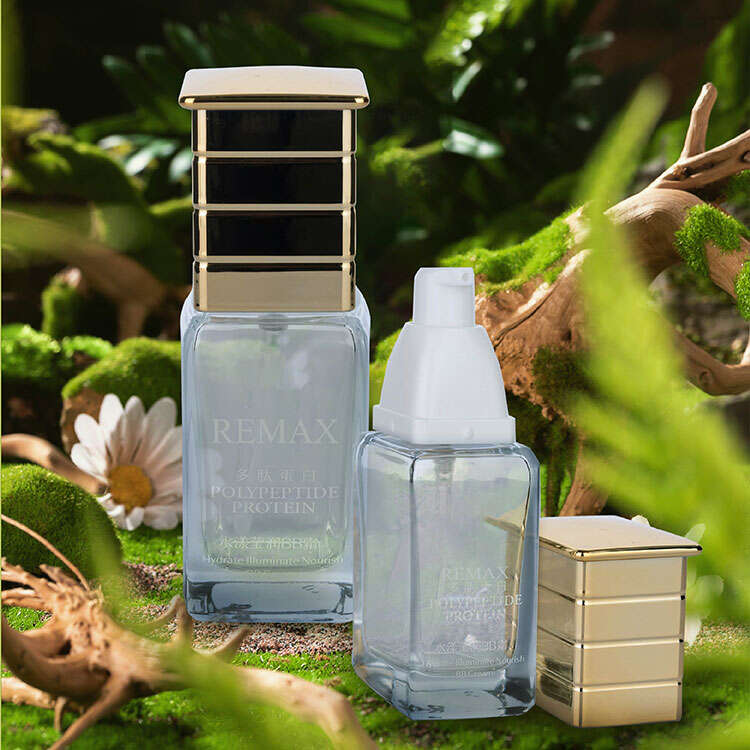Email format error
Email cannot be empty
Email already exists
6-20 characters(letters plus numbers only)
The password is inconsistent
Email format error
Email cannot be empty
Email does not exist
6-20 characters(letters plus numbers only)
The password is inconsistent

In an age where environmental consciousness is more prevalent than ever, the beauty industry is undergoing a significant transformation. One of the key areas of focus is sustainable cosmetic packaging. This article delves into the types of sustainable materials used in cosmetic packaging, the economics of wholesale purchasing, consumer demand for eco-friendly options, and a comparative analysis of sustainable versus conventional packaging.
Recycled plastics are among the most commonly used materials in sustainable cosmetic packaging. This category includes both post-consumer recycled (PCR) plastics and post-industrial recycled plastics. PCR plastics are made from previously used plastic products, which are cleaned and reprocessed into new packaging. This process reduces the need for virgin plastic production and helps divert waste from landfills. Post-industrial recycled plastics, on the other hand, come from manufacturing waste that would otherwise be discarded.
Environmental Benefits:
Limitations:
Examples: Brands like Lush and Aveda are leading the way by incorporating recycled plastics into their packaging, demonstrating the viability and benefits of this material.
Glass is another sustainable option that is gaining traction in the beauty industry. Glass packaging includes clear, colored, and frosted bottles and jars, which are valued for their durability and recyclability.
Environmental Benefits:
Limitations:
Examples: Brands such as Tata Harper and The Body Shop use glass for their premium skincare products, highlighting its popularity and effectiveness.
Bamboo is a rapidly renewable resource that is being used for various cosmetic packaging applications, including containers and applicators.
Environmental Benefits:
Limitations:
Examples: Several eco-conscious brands, including RMS Beauty and EcoTools, use bamboo in their product packaging, demonstrating its potential in the industry.
Aluminum is another popular choice for sustainable packaging due to its recyclability and durability. It is commonly used for tubes and tins.
Environmental Benefits:
Limitations:
Examples: Brands such as Lush and Olay have incorporated aluminum into their packaging, showcasing its benefits and widespread use.
Paper and cardboard are sustainable options often used for secondary packaging, such as boxes and cartons.
Environmental Benefits:
Limitations:
Examples: Brands like The Body Shop and Aveda use paper and cardboard for packaging, demonstrating their commitment to sustainability.
The field of sustainable packaging is continuously evolving. Innovations such as bioplastics and plant-based alternatives are gaining attention. These materials are derived from renewable sources like corn starch or sugarcane and offer a promising alternative to traditional plastics.
Applications in Cosmetics: Innovative materials are being integrated into various aspects of cosmetic packaging, including bottles, tubes, and labels. Brands are exploring these new options to further enhance their sustainability efforts.
Future Directions: As technology advances, we can expect more sustainable materials to emerge, potentially offering even greater environmental benefits and applications in the beauty industry.
Purchasing sustainable packaging in bulk can significantly reduce costs. Wholesale buying typically results in a lower cost per unit, which makes eco-friendly packaging more affordable for businesses. This cost reduction is achieved through economies of scale, where larger orders lead to lower per-unit costs.
Wholesale purchasing affects pricing structures by allowing businesses to negotiate better rates with suppliers. Bulk buying also reduces shipping and handling costs, as fewer shipments are required. The savings on these aspects contribute to the overall cost benefits of sustainable packaging.
Economies of Scale: Larger orders can lead to more efficient production processes and reduced costs for materials. This makes sustainable packaging more economically viable, even for smaller brands.
Businesses adopting sustainable packaging may benefit from financial incentives such as tax breaks or subsidies. Additionally, reducing waste management costs and improving operational efficiency can result in long-term savings. Return on Investment (ROI) for sustainable packaging is often positive, as brands can save money over time and enhance their market position.
Consumer demand for eco-friendly packaging is on the rise. Shoppers are increasingly prioritizing sustainability and are willing to pay more for products that come in environmentally friendly packaging. This trend reflects a growing awareness of environmental issues and a desire to support brands that align with these values.
Consumer behavior is a powerful driver of change in the beauty industry. Brands are responding to consumer preferences by adopting sustainable practices and incorporating eco-friendly packaging into their products. This shift is driven by the need to meet customer expectations and stay competitive in a rapidly evolving market.
Examples of Brand Adaptation: Many companies have made significant changes to their packaging in response to consumer demand. For example, brands like Lush and Tata Harper have embraced sustainable packaging solutions to cater to their environmentally conscious customers.
Brands that fail to address sustainability concerns may face consumer backlash. Instances of criticism or boycotts can damage a brand's reputation and impact its bottom line. For example, some companies have faced negative reactions for using excessive plastic or non-recyclable materials, highlighting the importance of adopting sustainable practices.
Sustainable Packaging:
Conventional Packaging:
Cost Analysis:
Long-Term Financial Impact:
Functionality and Usability:
Consumer Perceptions:
Current Trends:
Future Predictions:
The shift towards wholesale sustainable cosmetic packaging represents a significant step forward in the beauty industry’s commitment to environmental responsibility. By understanding the types of sustainable materials available, the economic benefits of bulk purchasing, consumer demand trends, and the comparative advantages of sustainable versus conventional packaging, brands can make informed decisions that align with both their business goals and environmental values. As the industry continues to evolve, embracing sustainable practices will not only benefit the planet but also enhance brand reputation and customer loyalty.